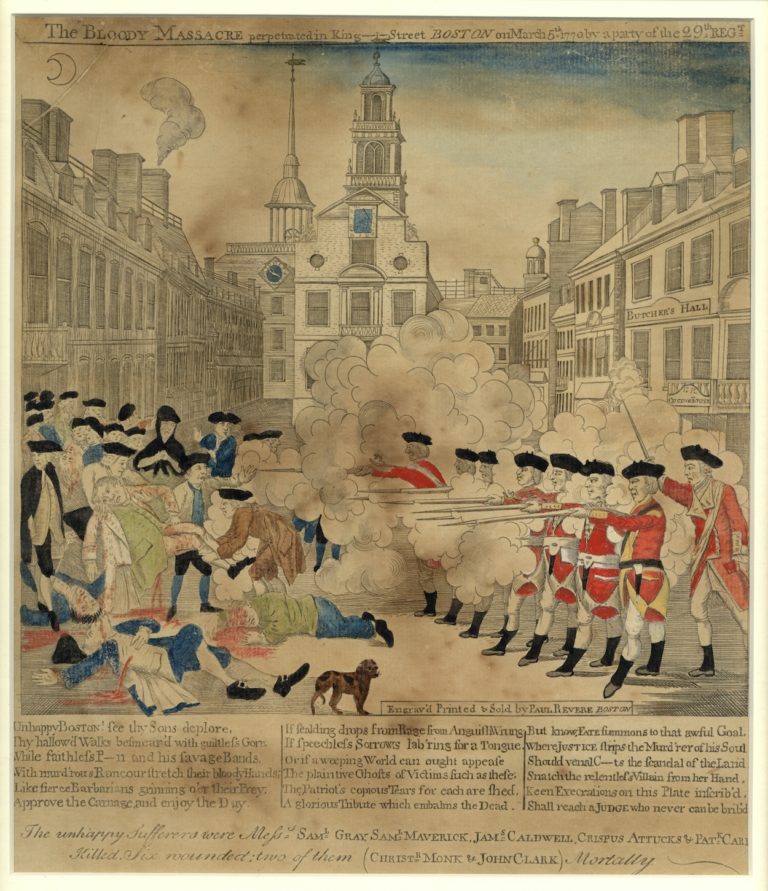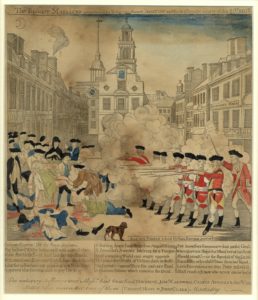Lobsters on the Walls

Nothing dries up the air in a middle school classroom quite like the study of documents. In the well-respected, high-achieving suburban district on Long Island’s north shore where I teach, I am constantly seeking ways to engage and excite my seventh and eighth graders in their two-year survey of American History. Primary source materials are required reading for my students and have been the main focus of the new New York State social studies assessments, but my students often don’t know what to do with them. Most are content to let the experts handle the job of interpretation. As one seventh grader told me, “Smarter people have written about these things already; what is a thirteen-year-old going to find that is different?” Frustrated, I asked myself, “How can I prove her wrong?” Taking my cue from the students, I developed a step-by-step process to teaching how to read primary documents, one that emphasized acquiring interpretive skills by working first with visual images.
With my seventh graders, I begin by showing them eighteenth- and nineteenth-century editorial cartoons. Middle school students take everything literally and have a hard time understanding the sarcasm and often biting criticism of the cartoonist, but forcing them to reckon with it helps give them critical distance. During our study of the American Revolution I introduce the cartoon “The Horse America Throwing His Master” Without providing the title, I ask my students to look at the 1779 engraving and tell me what they see. The impulsive response is always, “A guy in a red suit getting thrown off a bucking bronco.”

Next, I write the cartoon’s title on the board and ask my seventh graders to look at the engraving once more, and tell me what they see now. Inevitably, some students connect the title and the meaning immediately while others learn it from their peers this time around. All realize, however, that the cartoon involves symbols with a “hidden meaning.” With this first step, my students move away from purely literal thinking.

To enhance their developing skill for interpreting the meaning behind primary documents, I then share with my class a selection of historical political cartoons and ask my students to identify the meaning of basic symbols frequently used in them, many of which are still used today: the donkey and the elephant, Uncle Sam, and the bald eagle. They’re usually thrilled to discover that these symbols actually mean something.
Next, I ask students to employ these and other symbols to make their own meanings: I ask them to draw their own editorial cartoons that comment on key historical events. Each year, during our study of the American Revolution, my students are asked to complete an interdisciplinary English/social studies project. Working as a team of four, students are assigned a major event of the war like the Battle of Yorktown. Within their groups, they compose both a factual news article and a political cartoon of the event. The news article is written from as many primary sources as they can gather. I also allow them to use secondary sources in the library because of the difficulty in finding firsthand sources for some of the topics I assign. The political cartoon is completed after the article because they must come up with some “point” of the event to editorialize. This is the hardest part. I use Ben Franklin’s “Join or Die” cartoon as my example, explaining how the pieces of the snake represent the different colonies that will not survive unless they join forces. Very often, I see students working on a simple illustration of the event rather than an editorial cartoon. This gives me the opportunity to sit with those students who still don’t understand and help them see what is the difference between the two.

When their projects are completed, the students present them orally, reading their news articles and explaining their cartoons in detail. Through group presentations, the students are exposed to many different symbols and ways of looking at the same event. Some of the more interesting cartoons I have received have included the members of the Continental Congress walking into the Second Continental Congress as their individual state flags with heads, and leaving as United States flags with heads. Another fine project was a drawing of the patriots depicted as eagles holding American flags, waving goodbye to the lobsters swimming back to England after the Battle of Yorktown. The student-artist began by drawing a picture of Washington defeating Cornwallis at Yorktown and pointing him back to England. We stretched it a bit and I asked him to think of some of the symbols we had discussed and to try to make the cartoon a bit more abstract. He exclaimed “Lobsters! I’ll make Cornwallis and his men lobsters!” He was so excited about the idea and then came up with the eagles all by himself. The final result was beautifully polished; it was a huge hit with the class. From this point on, he was always one of the first with his hand up to offer his interpretation when we examined political cartoons.

By this time, my students have acquired a whole toolbox of skills to help them interpret primary sources, especially visual materials. Next, I move to more complicated imagery. When we study the American Revolution, I distribute copies of Paul Revere’s engraving of the Boston Massacre. I ask my seventh graders to mark ten things they see in the picture by circling, highlighting, or making marginal notes. When I solicit responses, they vary from the obvious “Butcher’s Hall” sign over the customs house to the more obscure “smirk on that guy’s face as he shoots the gun” and of course, “the bloody patriots.” They will sometimes see things I’ve never noticed. After making a list of the students’ responses on the board, I ask them to go a step further by answering some questions like, “What was the artist’s purpose in creating this engraving?” and “How did this depiction of the Boston Massacre turn many colonists against the British?” I usually break the class into groups of four so that they can discuss their ideas with one another. In addition, after reading excerpts from the depositions and testimony collected at the trial of the British soldiers, my students draw their own conclusions and write their own histories, complete with a thorough explanation of the engraving and their take on Paul Revere’s intentions in creating it.
